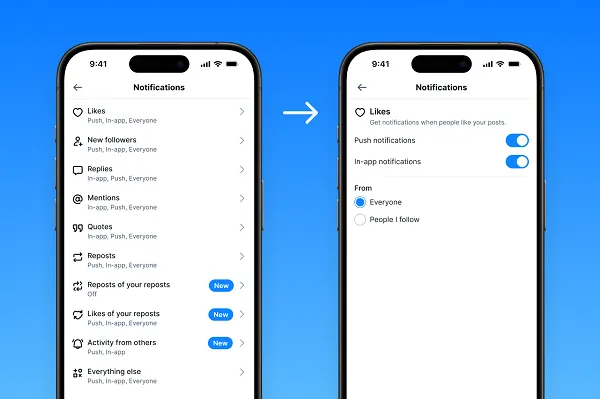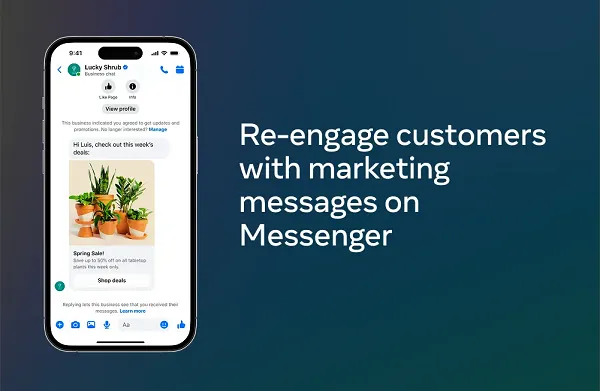7 Pieces of Content Your Audience Really Wants to See [New Data]
Consumer preferences are constantly evolving, which keeps things interesting.
![7 Pieces of Content Your Audience Really Wants to See [New Data]](https://blog.hubspot.com/hubfs/most%20popular%20types%20of%20content.jpg#keepProtocol)
Consumer preferences are constantly evolving, which keeps things interesting. To help you prepare your strategies to meet audience needs, this post will dive deep into our State of Consumer Trends Report findings on consumer preferences, discuss how marketers currently measure up to those preferences and outline what you can do to better meet consumer needs. According to our Consumer Trends Survey, the most interesting and memorable content brands can share is funny content, relatable content, and content that reflects brand values. 49% of consumers say that funny content is the most interesting and memorable. According to our 2023 Social Media Marketing Report, 36% of marketers already share funny content on social media. Half of those already leveraging it plan to increase their investments in it in 2023 (speaking directly to consumer interests), and it’ll be the second most invested in content type in 2023. Funny content can be anything from sending emails with a witty subject line or using a trending meme format and relating it to your business. For example, McDonald’s made a Tweet saying, “it’s easier to get these snack wraps than it is to get tickets,” during the rush of people trying to get tickets to Taylor Swift’s upcoming tour. The snack wrap is no longer available on the menu, so it was a lighthearted and funny contribution to a timely global conversation. its easier to order snack wraps than it is to get these tickets Another valuable opportunity is to create funny video content, which is actually the most likely to go viral. 36% of consumers say relatable content is the second most interesting and memorable content brands can share on social media. Almost 70% of consumers also say that social media content being authentic and relatable is more important than polished, high-quality content. 42% of marketers already share relatable content, and they say it is the second most effective type of content to share on social media. Relatable content reminds your audiences of their lives, experiences, and needs. To be relatable to your audience, you need to understand them. Who are they? What are their pain points? What are their preferences? Knowing the ins and outs of who they help you create content that relates to them as individuals. Consumers also want to build relationships with their favorite brands, so feeling like they can relate to your business and your business’ story can foster the connection they’re looking for. A great way to build relatability is content that expresses your brand values. Content that reflects your brand values is the third most interesting and memorable content to consumers. This makes sense as consumers, now more than ever, care about doing business with brands that share the same value systems and support the same causes that they do. 30% of marketers are creating content that reflects their brand values, so there is room for improvement. 45% of marketers share this kind of content on social media, and 16% plan to leverage it for the first time in 2023. Of marketers that do share it, 89% plan to maintain or increase their investments in it and say it has the 5th highest ROI of any trend. 48% of U.S. adults say brands need to do more about social advocacy, and the most important issues are racial justice, climate change, and LGBTQ+ rights. With this in mind, share your brand's values on social media — let them know what you care about and what you do to take a stand. Consumers will know what you care for, and you’ll draw in people who share similar interests and can turn curious browsers into paying customers if they find they truly relate to you. It’s essential to be genuine in these efforts, as consumers aren’t shy to call out brands that they feel are making empty promises or untrue statements. When learning about products and their features, consumers prefer searching the internet, retail stores and word-of-mouth tied for second place, and television ads in third place. Gen Z is the only generation with a different first preference, which is learning about a product and its features through social media. With this in mind, marketers can do things like Under this same question, learning about a product and its features on social media came in fourth place. Among consumers with this preference, they like feed posts, ads or sponsored content, and short-form videos (like TikToks or Reels). However, splitting these preferences up by generation paints a different picture. Here’s how marketers currently measure up to consumer preference: Pay attention to the top three preferences for learning about products, and go from there. Also, be mindful of generational differences if your target audience is primarily part of a specific generation. For example, if Gen Z and Millennials are your primary audiences, you could focus on short-form video and making a presence on platforms that cater to it. If your audience is Baby Boomers or Gen Xers, you could create online communities in the channels they’re already in to speak to their needs. Data-driven marketers will win in 2023, so compare the consumer preferences in this post against what your own business is doing, identify areas of opportunity, and solve for your customer.
What types of content are memorable to consumers?
1. Funny content
How Marketers Measure Up
What can marketers do?
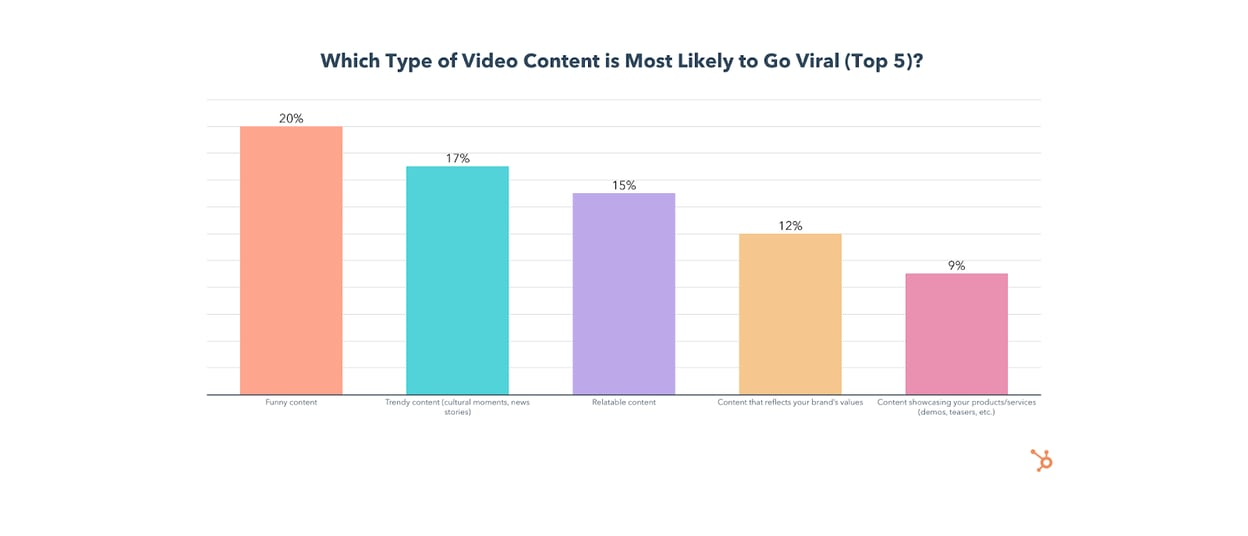
2. Relatable content
How Marketers Measure Up:
What can marketers do?
3. Content that reflects brand values.
How Marketers Measure Up
What can marketers do?
What types of content do consumers prefer for learning about products and services?
How do marketers measure up?
What can marketers do?
Data-Driven Marketers Stay Ahead of the Curve

 UsenB
UsenB 
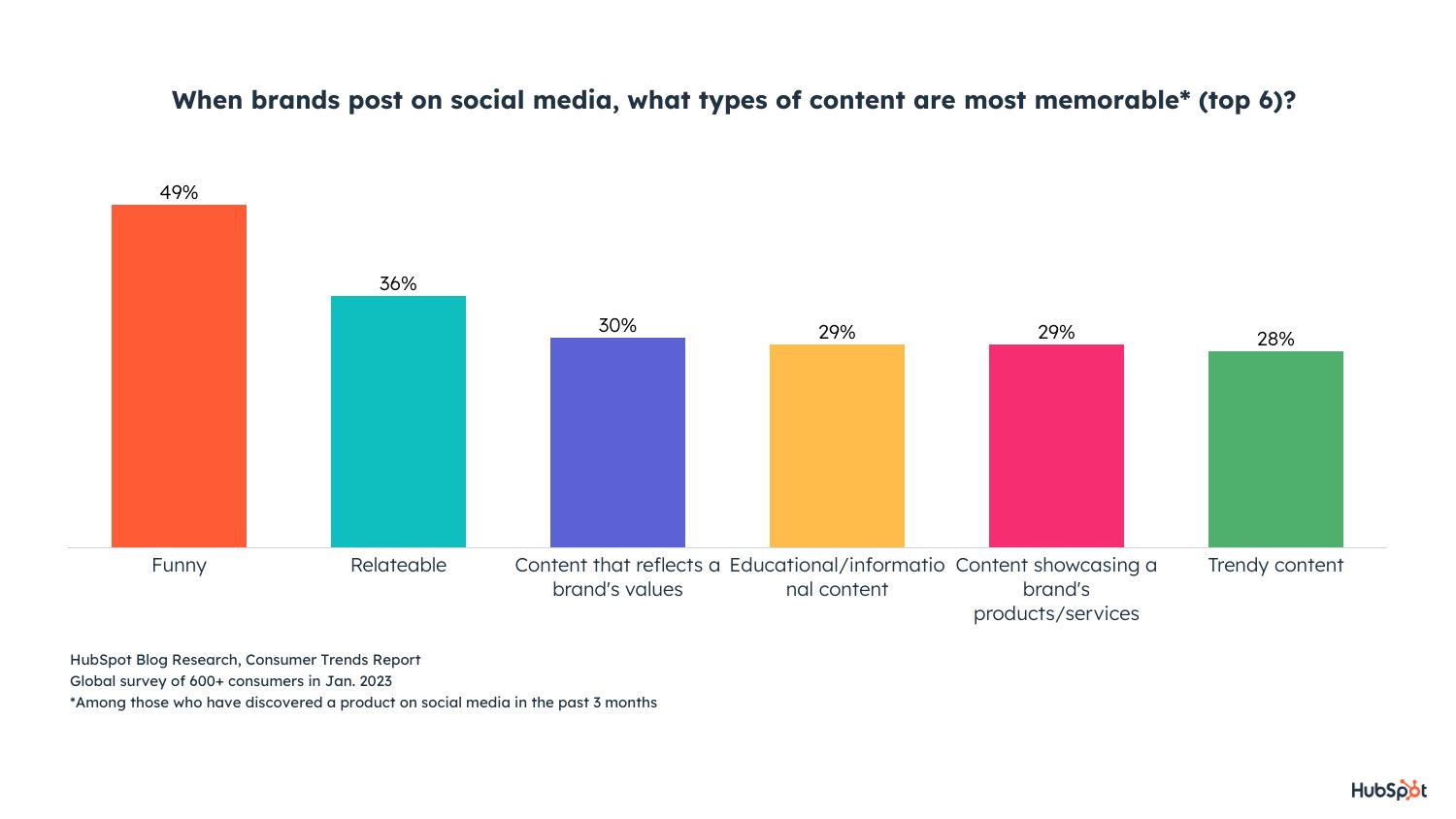
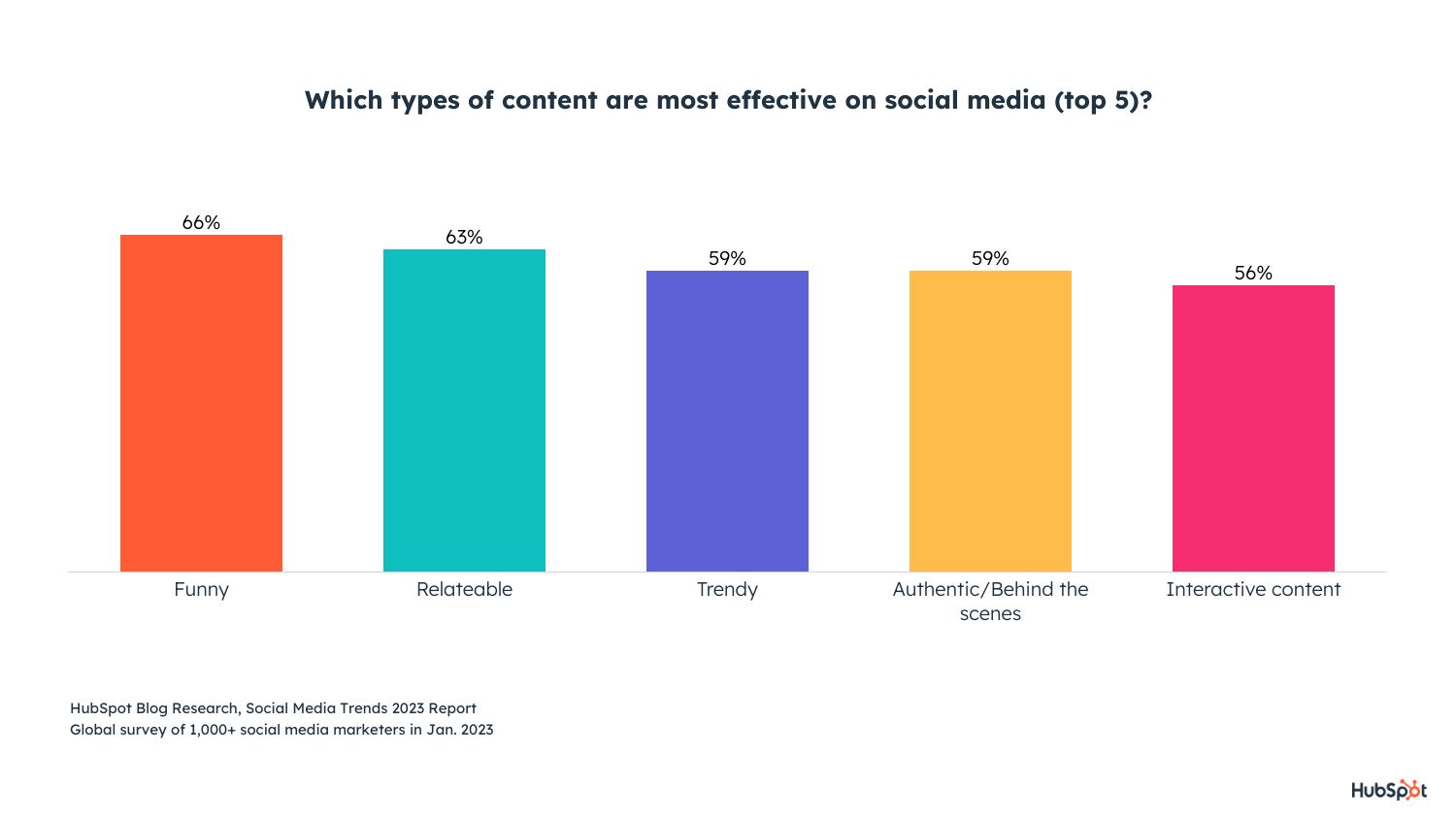
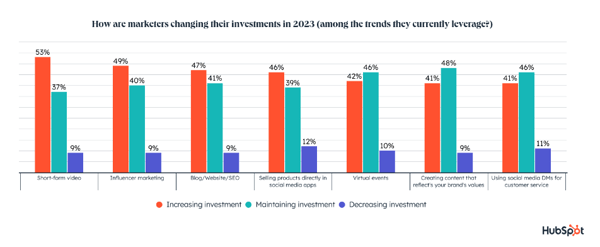
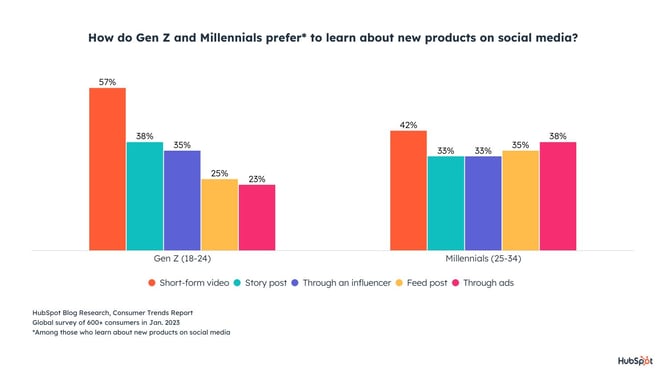














.png)








